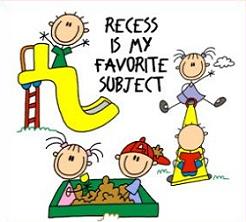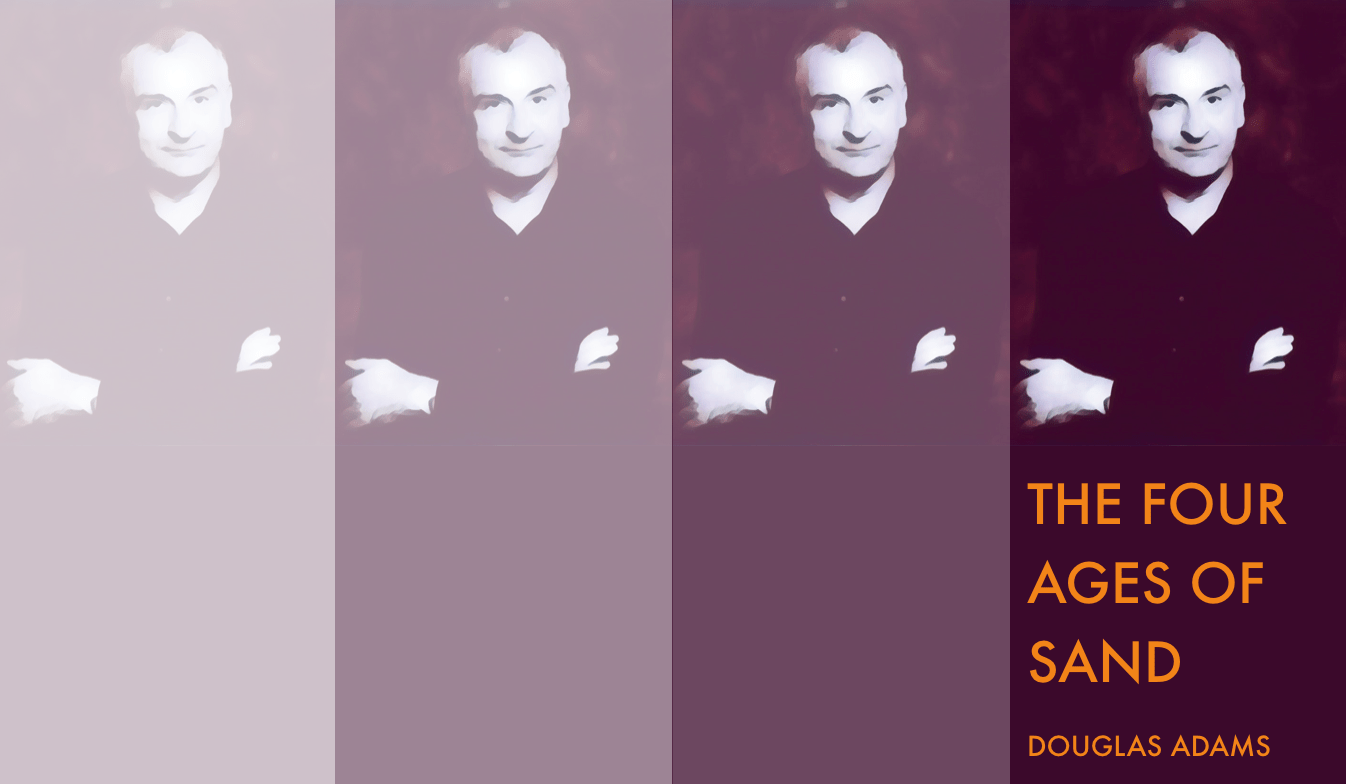Readers of this blog know that I am always looking for examples of good / bad design (actually I am usually not looking for bad design – it just sort of comes and slaps me on the side of the head!). I thought I might share one with you today, that I found in my hotel room in Barcelona. First off here is what it looks like.
Rather cool don’t you think? Well, as always, there is more…
 However, as I began to use it, I found it frustrating and difficult for a range of reasons.
However, as I began to use it, I found it frustrating and difficult for a range of reasons.
First, it was hard to put the phone back on the stand in the dark – the cool “perch” required precise placement – not something you can do easily while barely awake.
Second, the buttons (apart from the numbers for dialing) had these cryptic icons that made no sense. This of course meant that the hotel had to provide a “manual” to “teach” us how to use the phone (and you know, from a previous posting, what I think of user-manuals).
And finally, the numbers to make obvious phone calls (front desk, manager etc.) were quite non-obvious. Why ask guests to dial 31 or 32 to reach the front desk? Why not just “1” for the front desk (just as they had “0” for dialing out). And what is the distinction between 31-32 and 41/42? Does the hyphen mean something different from the slash? How many digits are there between 31 and 32 anyway to deserve a hyphen?
Final verdict on the phone, nice piece of visual design – no so much from a user-interface perspective. As they say, good from far and far from good!









Oh wow, that really is quite a bad design. Maybe they actually did not want anyone to use the phone.
Nice example of the situation when design prevails convenience. But in my view a regular hotel room is not a proper place for such showpieces.
The visual design is also far from good I think